Vali (1967)
Gênero : Documentário
Runtime : 1H 2M
Director : Sheldon Rochlin
Sinopse
A documentary portrait shot in Positano, Italy in 1965 about Australian artist and occultist Vali Myers.
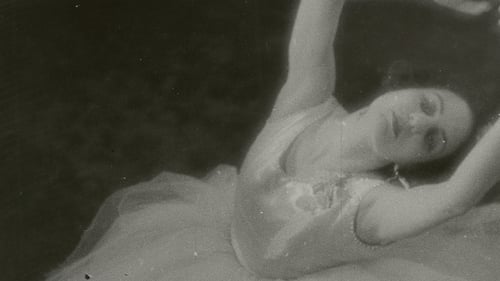
I evoke a dancing woman. A woman? No. A bouncing line with harmonious rhythm. I evoke a luminous projection on veils ! Precise matter! No. Fluid rhythms. Why should one disregard, on screen, the pleasure that movement brings us in the theatre? Harmony of lines. Harmony of light. Lines, surfaces, volumes evolving directly, without the artifice of evocation, in the logic of its forms, dispossessed of any overly human sense, allowing an elevation towards the abstract, thus giving more space to sensations and to dreams : integral cinema. —Germaine Dulac

"My first film, THE PATH, was based on a dream about a group of people on an ‘outing’ or a picnic. The people in the dream meet and greet one another and then walk around and through old houses, barns, and buildings. Inside these structures they pass by other people involved in various activities. A woman is folding clothes. A man is making paintings. A young girl is sitting in front of a mirror trying on different necklaces." - Richard Myers
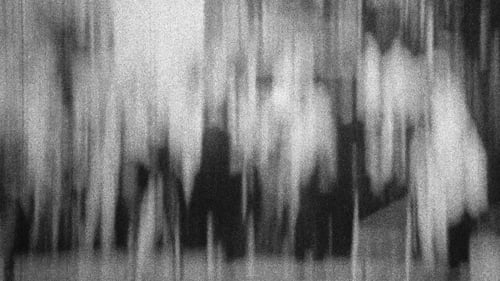
An experimental feature made by rephotographing the 1905 Biograph short Tom, Tom, the Piper's Son.
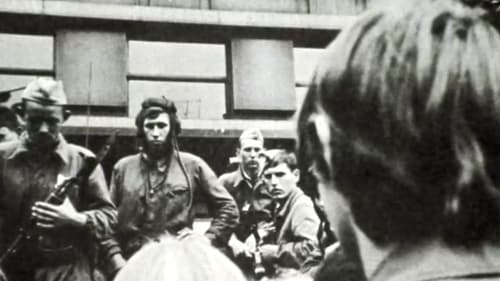
Filmed clandestinely in Czechoslovakia on 16mm. It's one of the films Godard made with the Groupe Dziga Vertov - a Marxist film about the political situation after the '68 revolution.

A poetic ode to the River Seine, Ivens' distinguished camera eye surveys its lively banks and step-stone canals with a vérité candor, a beguiling elan.

Silent portuguese short film.

This story is built up with filmed documents in an experimental fashion.

Eureka (1974), which lyrically re-photographs a travelogue shot from a San Francisco streetcar, offers the purest expression of Gehr’s deep love of early cinema as a source of a joyous formal inventiveness-- changing its length from 5 to about 38 minutes.

The beautiful Thaïs Galitzy plays Vera, a Slavic countess, a seductress who drags married men to the brink of ruin. When she seduces the husband of her best friend, all involved meet a nasty fate.
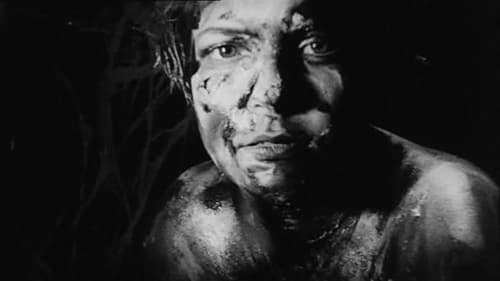
Short experimental film by Stephen Dwoskin.

Dreamwood narrates the oniric quest of a modern argonaut in a mysterious island located somewhere on the borders of the unconscious.
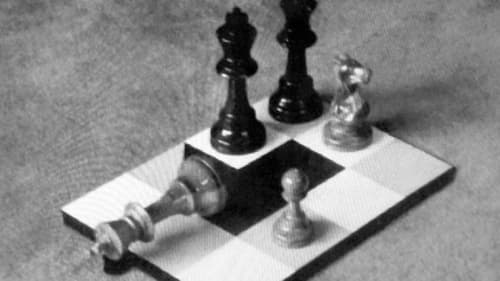
8 x 8: A Chess-Sonata in 8 Movements is an American experimental film directed by Hans Richter, Marcel Duchamp, and Jean Cocteau. Described by Richter as "part Freud, part Lewis Carroll" and filmed partially on the lawn of Duchamp's summer house in Southbury, Connecticut.

A short film in which the story of a boy and a priest in Amsterdam is told. In fact, it consists of two films, one commenting on the other, concerning a young man with a crucifixion complex.

Short film of 7 sections with each one using a different experimental film technique.

A requiem for a Russian peasant woman, Maria Semionovna Voinova. The film is in two chapters. The first chapter consists of an impression of Maria Semionovna, scenes of the colours of summer time: hay–making, bathing in a river, work in the flax fields and a holiday in the Crimea. The second chapter, set nine years later, is in black and white and deals with how Maria Semionovna's life ended. The mood is one of a sad and elegiac narration.

A commentary on the destructive expectations of females in a male dominated society, Marilyn Times Five was made from an old stag film called "The Apple-Knockers, and the Coke"(1948) these sections of the film were set to Marilyn Monroe's song "I'm Through With Love". The film depicts a Marilyn Monroe look-a-like slowly taking her clothes off for the camera (the viewer). The woman's actions are looped several times which gives the audience a sensation of exhaustion. That exhaustion keeps building until the very end where the woman is shown crumpled on the floor in an awkward position, which makes it appear as if she is lifeless.

An insane man first loves then grows to hate his neighbor, an old man whose penetrating gaze unnerves the insane man. He plans a perfect crime and executes it one night. The next day, two officers knock on the insane man's door, investigating a shriek heard in the night. The insane man invites them in, answers their questions, and submits to an examination of his eyes by one of the officers, who proclaims him innocent. The insane man invites them to stay and relax awhile, then regales them with his theories of crime. His heart begins to beat louder. Angles on the set are skewed to suggest the man's internal disarray.

“Superimposed photographs of Mr. Fleischman’s butcher shop in New York, and the Kiowa around Anadarko, Oklahoma–with Cognate Material. The strip is dark at the beginning and end, light in the middle, and is structured 122333221. I honor it the most of my films, otherwise a not very popular one before 1972. If the exciter lamp blows, play Bert Brecht’s Mahogany.”– Harry Smith

An austere treatise on the military-industrial complex that produces napalm.

This short film made by László Moholy-Nagy is based on the shadow patterns created by his Light-Space Modulator, an early kinetic sculpture consisting of a variety of curved objects in a carefully choreographed cycle of movements. Created in 1930, the film was originally planned as the sixth and final part of a much longer work depicting the new space-time.













